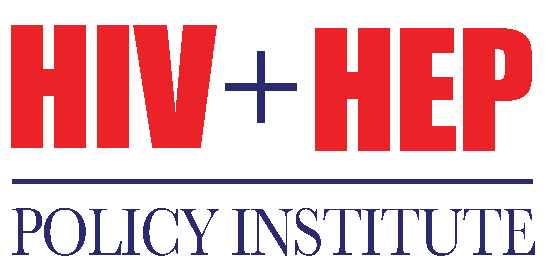The HIV+Hepatitis Policy Institute praised the budget in a press release Thursday, writing that it will “significantly increase the federal resources necessary to end both HIV and hepatitis C.” The group’s president, Carl Schmid, said Biden “recognizes the historic role the federal government must play, and the investments needed to end infectious diseases.”
Patients caught in drug industry, PBM battle on copay assistance
The HIV+Hepatitis Policy Institute, the Diabetes Leadership Council, and the Diabetes Patient Advocacy Coalition filed their lawsuit in August, alleging that the 2020 CMS rule conflicts with the definition of “cost-sharing” in the Affordable Care Act and federal regulations. Several groups have since filed amicus briefs in support of the challenge, including leading drug industry trade group the Pharmaceutical Research and Manufacturers of America and a coalition of 29 patient, provider, and consumer organizations. Carl Schmid, executive director of the HIV+Hepatitis Policy Institute, said he believes they have a “strong case.” He referenced the groups’ amended complaint, which argued that copay accumulator programs can harm patients like Pennsylvania resident Cynthia Regan, who pays more than $6,000 for a single month’s supply of AbbVie’s anti-inflammatory drug Humira. Regan’s health plan has a copay accumulator prohibiting her from using a $500 manufacturer coupon toward her deductible or annual out of pocket maximum, according to the complaint.
Utah House committee holds bill to ban ‘potentially deadly’ copay accumulator policy
Carl Schmid, the executive director of the HIV and Hepatitis Policy Institute, is helping represent 42 million people nationwide experiencing copay accumulator issues relating to chronic illnesses in a federal lawsuit challenging the rule to allow health insurance companies to avoid counting copay assistance toward patients’ out-of-pocket obligations. He told the Deseret News that he hopes the lawsuit, filed in Washington, D.C., will “force the government’s hand” and make it acknowledge that copay accumulator policies go against regulations in the Affordable Care Act’s 2021 Notice of Benefit and Payment Parameters.
Copay accumulator and maximizer update: Adoption plateaus as insurers battle patients over copay support
Three patient advocacy organizations—the HIV and Hepatitis Policy Institute, the Diabetes Patient Advocacy Coalition, and the Diabetes Leadership Council—have sued the U.S. Department of Health and Human Services over its rule regarding accumulators in marketplace exchange plans. More than 60 patient and provider groups have formed the All Copays Count Coalition. Ed Silverman at STAT recently highlighted the challenges facing cystic fibrosis patients in ‘Caught in the middle’: A battle between Vertex and insurers is leaving cystic fibrosis patients with crushing drug costs.
‘Caught in the middle’: A battle between Vertex and insurers is leaving cystic fibrosis patients with crushing drug costs
Several patient advocacy groups filed a lawsuit last year against the Biden administration for implementing a rule that allows health plans and pharmacy benefit managers to use accumulator programs. Accumulators, they argued, are preventing Americans from accessing the “most promising” therapies and “harm patient health.” Making things more complicated, many people are unaware that their health plans even have accumulator programs. Every health plan differs, but few rarely note in explicit language that they contain accumulators. And most people remain unaware since they have no reason to inquire when copay assistance from a drug company covers their expenses.
